48+ Sample Case Study
-
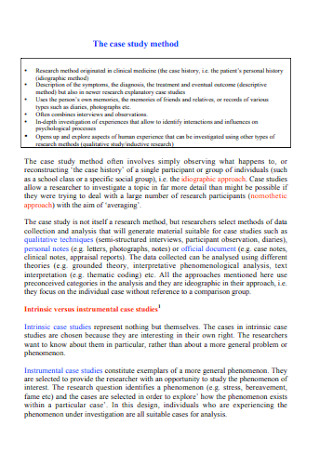
Case Study Methods Templates
download now -
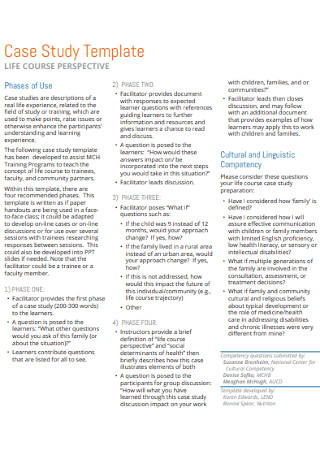
Life Course Case Study Template
download now -
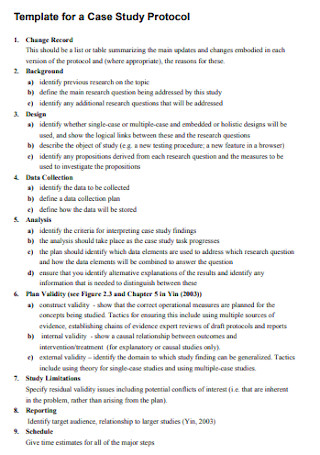
Case Study Protocol Template
download now -
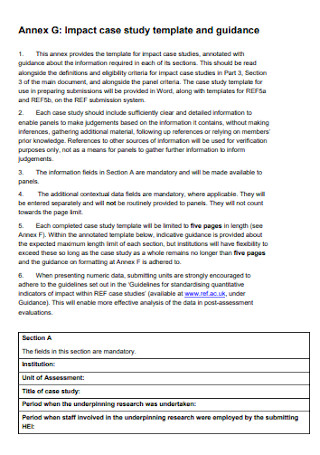
Impact Case Study Template
download now -
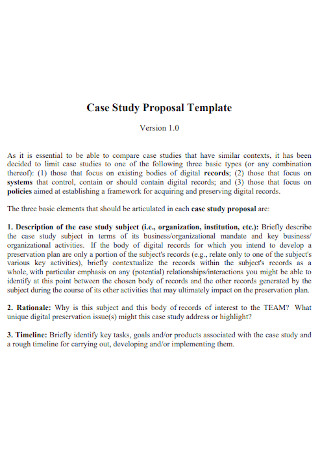
Case Study Proposal Template
download now -
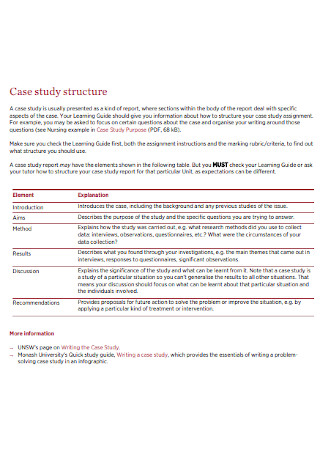
Case Study Structure Template
download now -
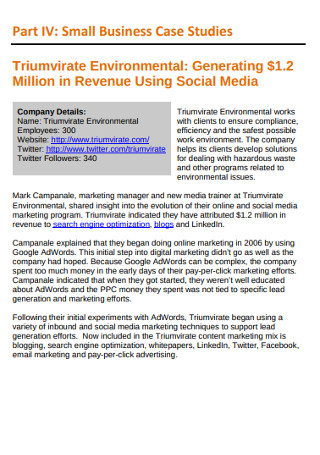
Small Business Case Study
download now -
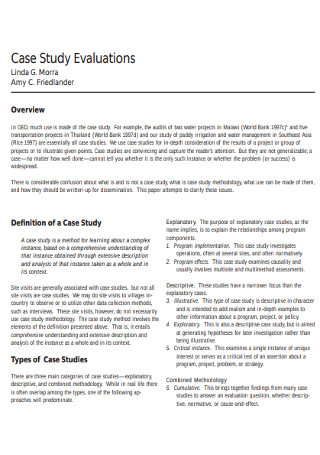
Case Study Evaluations
download now -
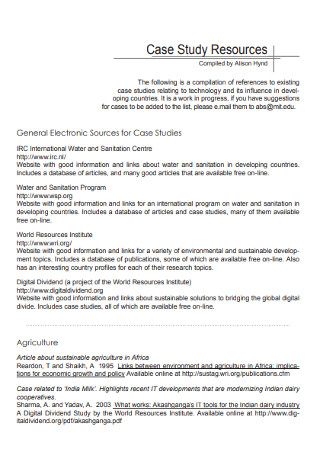
Case Study Resources
download now -
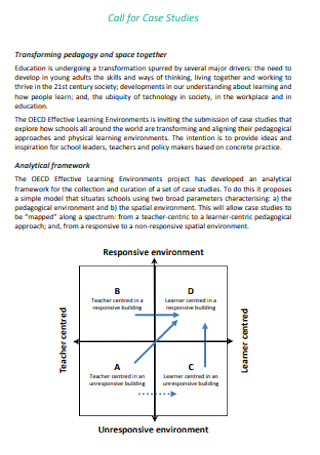
Case Study Collection Template
download now -
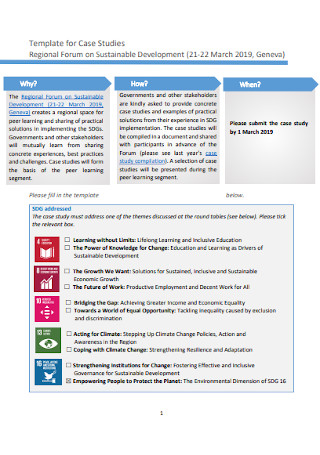
Sample Case Study Template
download now -
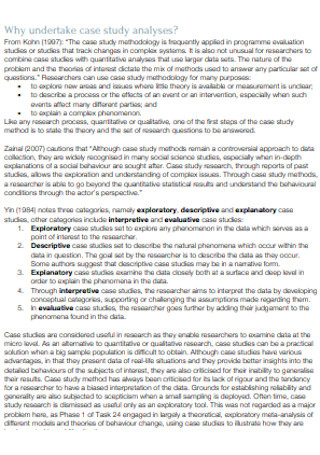
Case Study Analysis Template
download now -

Case Study Resources Template
download now -
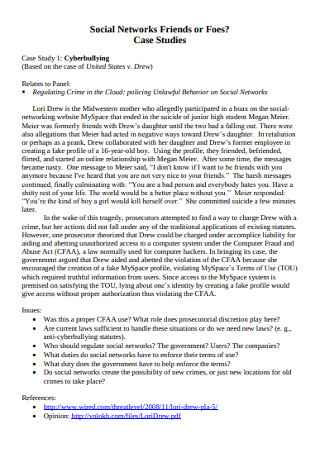
Social Network Case Study
download now -
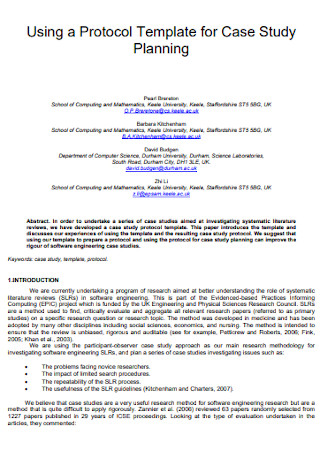
Case Study Planning Template
download now -

Corporate Case Study Template
download now -

Case Study Submission Template
download now -
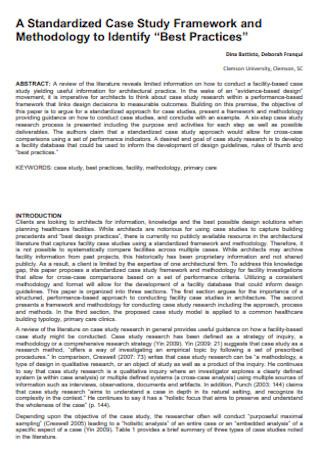
Standard Case Study Template
download now -

Case Study Research Template
download now -
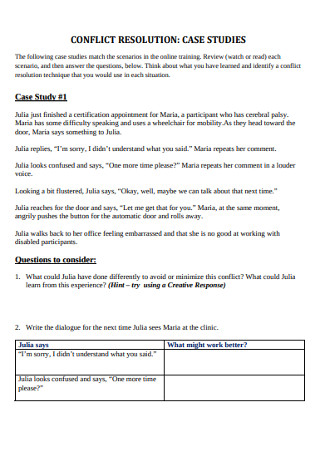
Conflict Resolution Case Studies
download now -

Leadership Case Study Template
download now -

Project Case Study Template
download now -

Basic Case Studies Example
download now -
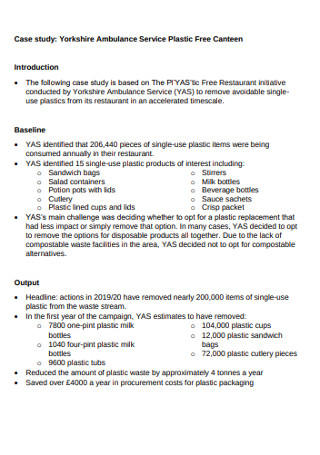
Ambulance Service Case Studies
download now -

Simple Case Study Template
download now -
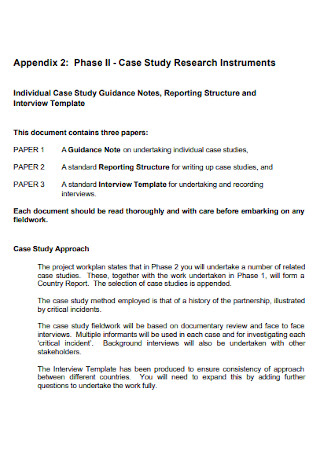
Basic Case Study Research Template
download now -
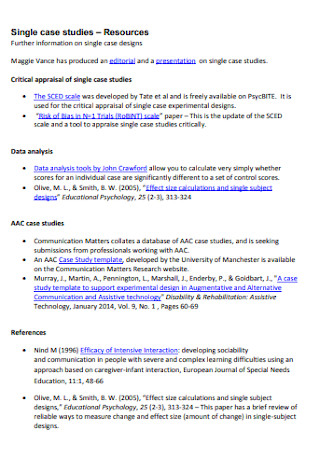
Single Case Studies
download now -
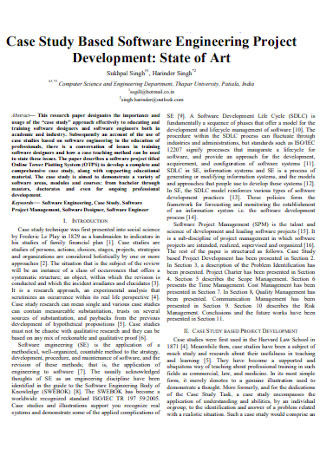
Software Case Study Template
download now -

Health Records Case Studies
download now -
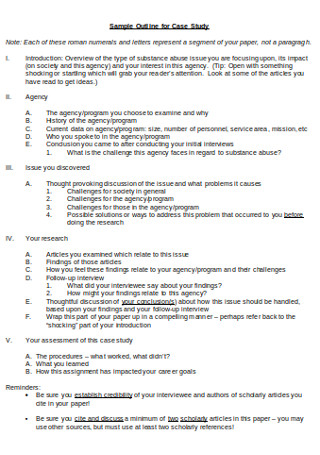
Sample Outline for Case Study
download now -

Bank Mentoring Case Study
download now -

Generic Case Study Analysis
download now -

Clinical Case Study Template
download now -

Case Studies Report
download now -

Architecture Case Study Template
download now -
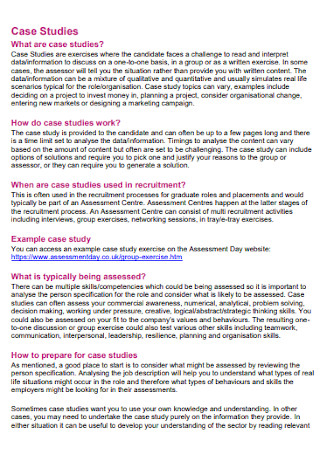
University Case Study Template
download now -
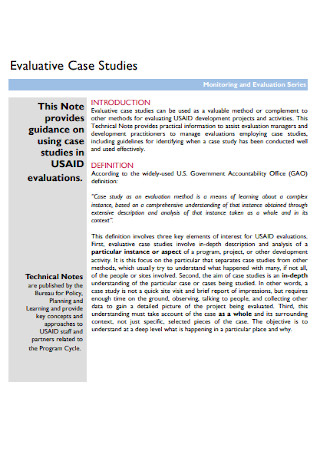
Evaluative Case Studies Template
download now -
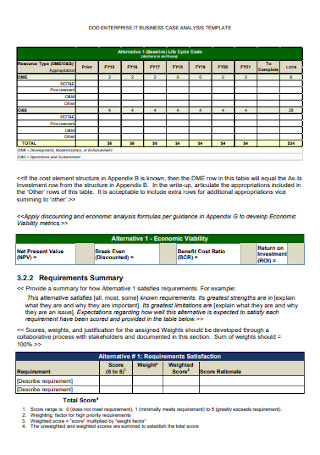
Business Case Study Example
download now -
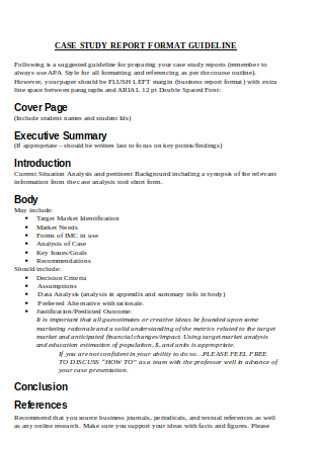
Case Study Report Format
download now -
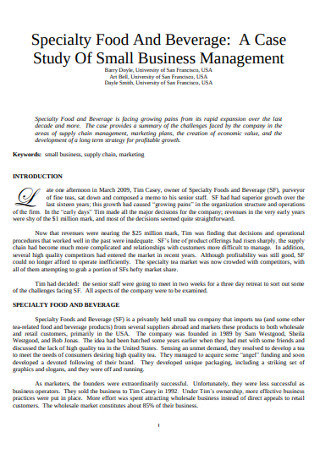
Case Study Of Small Business Management
download now -
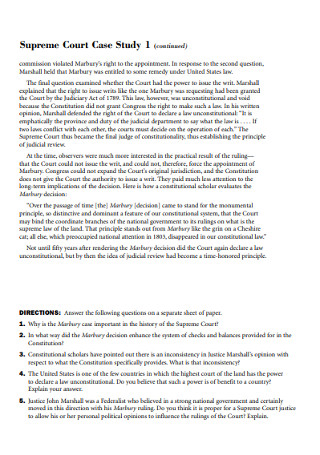
Court Case Study
download now -
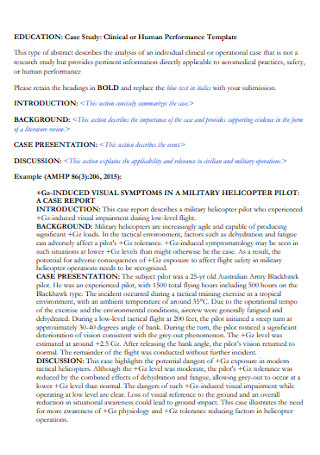
Education Case Study Template
download now -
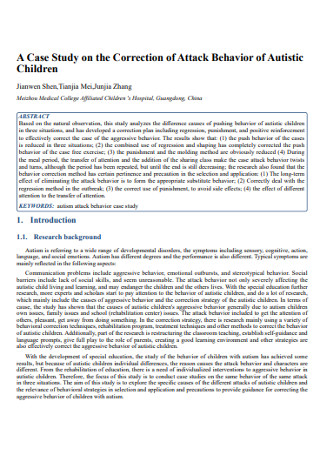
Children Behavior Case Studies
download now -
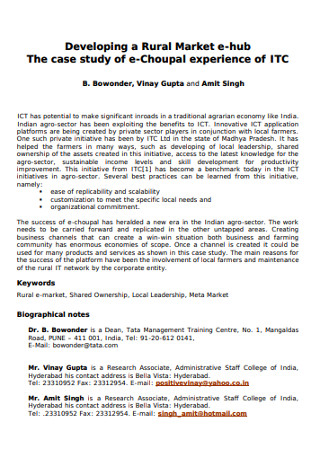
Market Case Study Example
download now -

Office Project Case Studies
download now -
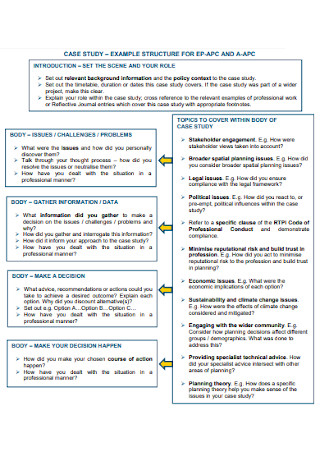
Indicative Case Study Template
download now -

Inquiry Case Study Template
download now -
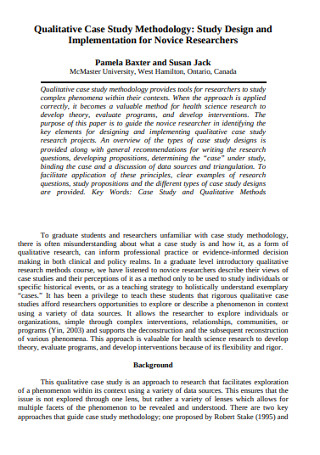
Qualitative Case Study Example
download now -
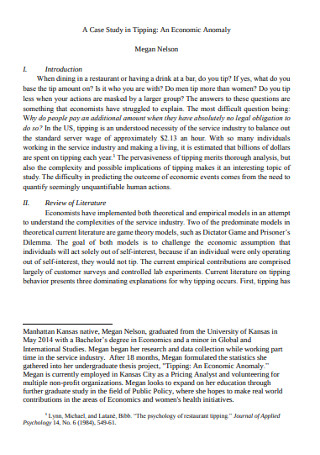
Economic Case Study Template
download now
What Is a Case Study?
A case study is a form of research that focuses on a particular person, group, event or phenomenon; then attempts to do a deep dive on the subject. It is done for the purpose of both assessing and addressing problems surrounding the subject.
In a news article published on its official website, Yale School of Management released its top 40 most popular case studies of 2020. A case study on Singapore’s Marina Bay Sands took the top spot. The yearly review was led by the school’s Case Research and Development Team (SOM CRDT). The study covered the famous resort’s marketing, operations and sustainability practices.
Fields That Use Case Studies
Different areas of work make use of the case study research method to make sense of information; and hopefully gain constructive perspective on a chosen subject. The following fields are commonly known to fund and publish case studies:
Parts of a Case Study
Depending on your chosen format, some case studies may consist of more sections compared to others. However, the purpose remains the same. It should present a rigorous and detailed examination of a particular subject. The following are typically included in a case study’s table of contents:
How to Write a Case Study
Any type of research requires thoughtful planning. Learn how to produce a substantial and thought-provoking case study by following the practical step-by-step guide below.
Step 1: Data Collection
Research, research, research. Any researcher- whether amateur or seasoned- should know that to begin to understand a topic, you need hard data. Thankfully, information these days is more accessible compared to generations ago. Once you’ve decided on a topic and have zeroed in on your subject, the next step is looking for primary and secondary sources. There are several data collection techniques that can be used. These include key informant interviews, survey forms, professional journals, legitimate online and print resources, etc. Compile your data and document them religiously.
Step 2: Format and Outline
Before sharing your ideas and findings, ensure your case study has structure. Now that you’ve gathered the necessary data, it’s time to organize it into one coherent output. Decide on one particular format and maintain it all throughout your paper. Outline the sections of your case study so it’s easier for you to arrange your thoughts and track your development. If your case study is quite long, it might be best to include a table contents to guide your audience. Otherwise, a table of contents is optional.
Step 3: First Draft
With your outline as a guide, start writing your first draft. There is no rule that says you always need to write them in order. Many writers allow themselves to skip sections then come back to the earlier ones at another time. A first draft is not intended to be perfect; which is why there are editing and revising phases that come after.
Step 4: Review and Revise
After you’ve completed each section, go over your work again. It’s wise to have it proofread or peer reviewed. An unbiased second opinion may spot errors and inconsistencies that you may have overlooked. One of the most fundamental things you can do for any written material, regardless if it’s a reflective essay or case study, is to edit and refine your work. There is a major difference between an unrevised and disorganized first draft and a polished and thoughtful final output. When you’re satisfied with your case study, don’t forget to cite and format your sources accordingly. Your case study can also be packaged in different forms for easier readability. A condensed power point presentation or engaging infographic version can both work well to reach a wider audience.
FAQs
What is a case study example?
One prime example of a case study in the field of anthropology would be the study of a group of death row inmates. A researcher, with the intent of shedding light on the futile goal of the death penalty, may choose to do an in-depth study of those awaiting execution in a maximum security prison. In order to do a comprehensive case study, she would need to interview the inmates, know their stories, familiarize herself with law enforcement culture and the correctional penal system.
What is a case study research method?
A case study is a type of research approach that delves deeper into a particular issue or phenomenon. However, majority of case studies typically involve the study of individuals and small groups. This is especially true in the fields of psychology or social work where a ‘case’ takes into consideration not just the current underlying factors surrounding the subject; but the history, inclinations, narrative and the subjective nature of the case.
Is a case study qualitative?
In many cases, yes. Since case studies seek to provide an overall and extensive analysis of a subject, most qualitative research involves descriptive narratives and often subjective sources of information (e.g. news articles, interviews, etc.). But statistics and other quantitative data may also be used for case studies.
How do you write a case study?
Case studies require sound planning and careful selection of a subject. After choosing a group, individual or phenomenon to focus on, plan your data gathering strategy. Create an outline of your paper so you know what to include in your study. Your discussions and findings will make up the bulk of your paper, so ensure that your reasoning and arguments are logical and are grounded on the data you gathered.
Case studies often prove that one-size does not fit all. What is applicable in one situation, may not apply to other cases. The importance of a case study is to examine different scenarios and occurrences, each with its own unique set of circumstances. Embarking on a research as rigorous as a case study may seem daunting at first. But as long as you use the right tools, you can create an impactful and relevant study. Check out the helpful templates above to get started!
